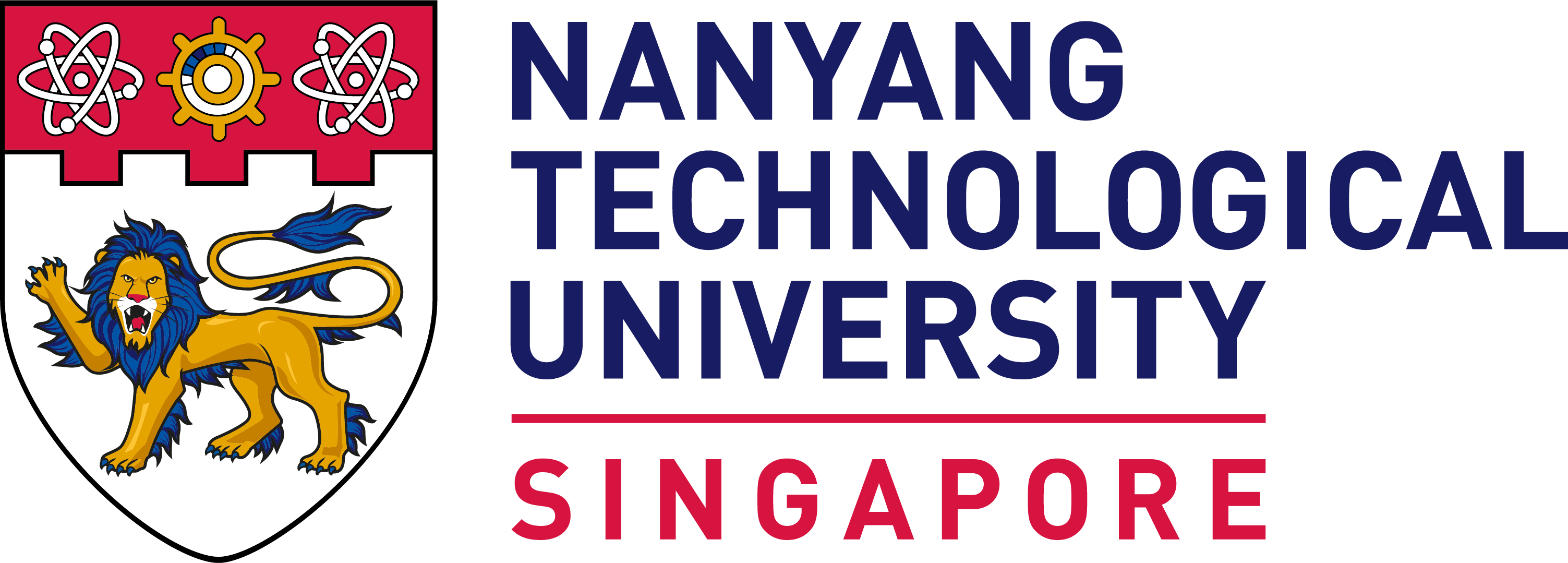Keith C. Barton (Indiana University)
Keywords
History
Social Studies
Secondary School
Literacy
Writing can be a powerful tool for learning in the Humanities. When used well, it helps students clarify their thoughts in a quick, simple way, and it provides teachers with ready insight into how students are making sense of content. Writing is also a natural way to engage students who have a wide range of achievement levels, for it allows different students to participate in the same activity in different ways. Perhaps most importantly, it places control of learning in the hands of students themselves, so that they have a chance to construct their own ideas instead of simply reproducing what they encounter from teachers, texts, or other sources. When used this way, most students write easily and naturally.
That may not sound like a very familiar description of writing. Both students and teachers are more likely to think of writing as a difficult and time-consuming process, one that sometimes seems to require impossibly high standards. Many may associate it with drudgery, boredom, and the regurgitation of content that they barely understand. But it does not have to be that way. Developing a more positive and productive attitude toward writing requires thinking more carefully about its role in the learning process.
The Role of Writing in Learning
Writing is one of the most common tasks required of students at school, but it rarely lives up to its potential as a tool for learning. Most often, we ask students to write for one of two reasons: (1) As a summative assessment. We often ask students to write examinations, essays, or other somewhat lengthy compositions as a way of finding out how well they have learned what we intended. Here, writing is a product of learning. (2) As a skill to be learned. In language classes, we teach students the mechanics of composition, and in content courses, we teach them to apply that to particular subjects—by writing a historical essay, for example. Here, writing is the object of learning.
Both of these are important reasons for having students write, but neither of them is centrally concerned with helping students learn content; they are more like by-products or auxiliaries of Humanities content. By placing writing closer to the center of the learning, though, we can make it both more natural and more effective. Rather than only being the product or the object of learning, writing should also be part of the process of learning.
This means giving students the chance to write quickly and informally as they are learning, or immediately after a lesson. It does not involve lengthy compositions, nor does it focus on correct spelling and punctuation. (Think of it as more like email—correct spelling and punctuation are nice, but we do not tell people we will not read their emails if they are not perfect.) If students get too bogged down in the mechanics of writing, the activity will cease to serve its purpose. The purpose of this kind of writing is for students to think about the information they have encountered, and to make it their own through the activity of writing (Britton, 1970; Langer & Applebee, 1987; Smith & Wilhelm, 2010). This is what constructivism is all about—students constructing knowledge by doing something with content. When students react to information through an activity, they construct their own understanding of it. Otherwise they are just memorizing … or forgetting.
Download Full Article
Related Teaching Materials
